
Symi81 at English Wikipedia [Public domain], via Wikimedia Commons
According to the USDA Economic Research Service, approximately 23.5 million Americans, most of whom are low income, live in a food desert.
Shockingly, another 2.3 million people live in rural areas that are at least 10 miles from a grocery store.
Planting a community garden in these areas could go a long way in alleviating this problem.
Food deserts aren’t the only places you could help thrive, though.
These gardens are also ideal for people who live in apartments with no green spaces, people in nursing homes who don’t have a yard of their own, in schools, and in neighborhoods where people aren’t used to eating healthy.
question
Did You Know?
A food desert is an area that lacks fresh fruits, vegetables, and other whole foods. It is typically situated in an impoverished area and

Image by Mark Bonica, CC by 2.0, via Flickr
lacks grocery stores, farmers markets, and places that provide healthy foods. Instead, these areas have a high concentration of fast food restaurants and stores that sell packaged and processed foods.
The Abundance of Sharing
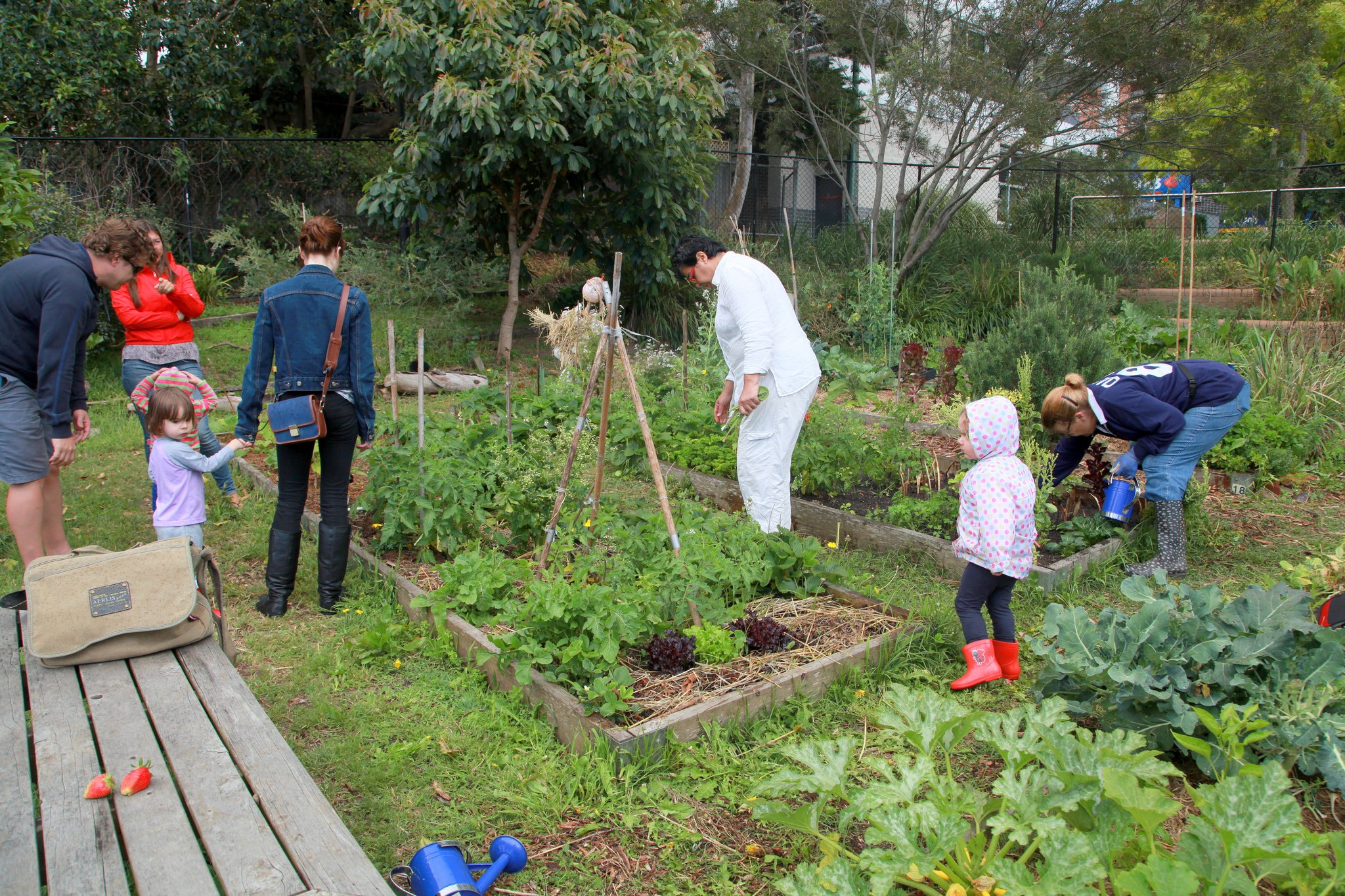
Image by d-olwen-dee, CC by 2.0, via Flickr
A community garden is a place where like-minded people come together and grow fresh fruits and vegetables — or even flowers — for home use.
They can be set up in two ways:
The first option is to build one big garden where everyone works and shares in the harvest.
The other way to set up a community garden is to divide a plot of land into sections with each participant having access to their own mini-garden.
These community gardens are created by governments, non-profit groups, churches or other faith-based organizations, or by a group of neighbors or friends who decide to start one.
Watch the video below to learn more:
Benefits of a Community Garden
The benefits of a community garden are immense.
Instead of gushing about how wonderful they are, let’s take a moment and talk about each one.
Let’s take a look:
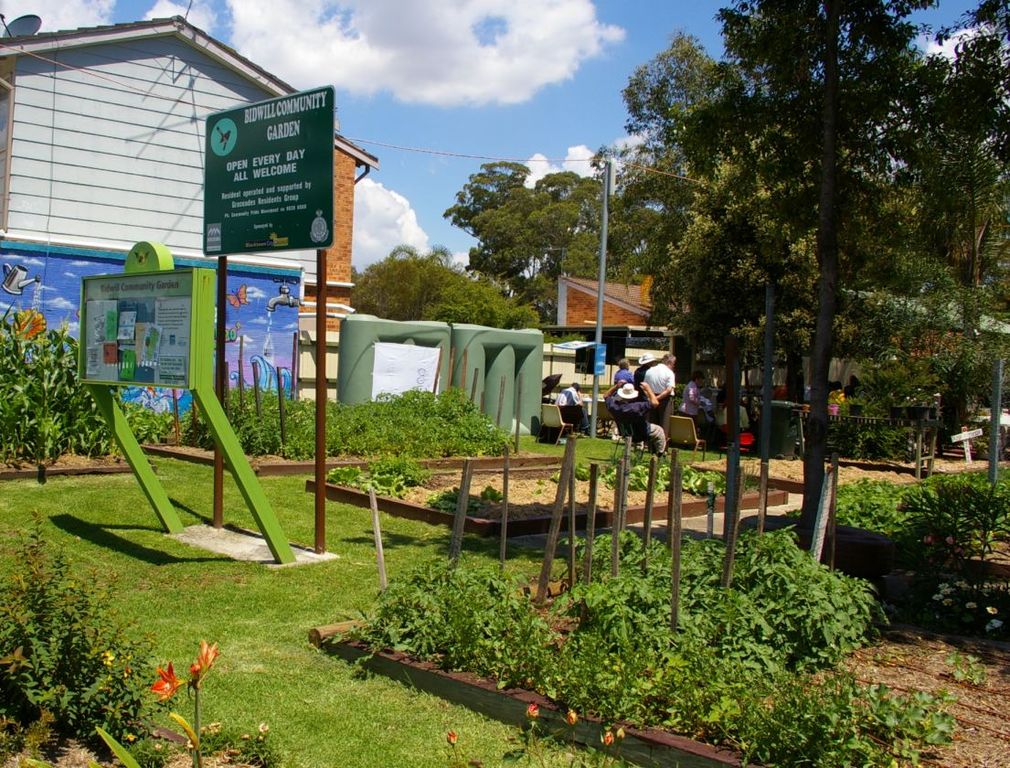
Benefits of a community garden. Image CC0 via Wikimedia Commons
Bringing beauty
There’s something about a plot of land overflowing with budding fruit trees and flowering vegetable plants, isn’t there?

Berat Akdemir [CC BY-SA 4.0], via Wikimedia Commons
I mean, have you ever seen a flowering pea plant?
When the community plants a garden, everything around it looks better.
As if that’s not enough:
It can liven up an abandoned city lot, bring vibrancy to a neighborhood, or make a church or schoolyard come alive.
Just imagine:
That abandoned lot around the corner that is filled with debris has been transformed into a lush edible landscape.

Image via giphy.com
It would not only make the lot easier to look at but could raise the spirits of the entire neighborhood!
The power of options
This is a big deal:
For people living in a food desert, a community garden can provide much-needed nutrition in the form of fresh fruits and vegetables — all within a walkable distance.
And for those neighborhoods where impoverished residents can’t afford quality fruits and vegetables, it can ensure they get the nutrition they need.
Check out the video below of one such garden:
Empowering people
That healthy lifestyle we want everyone to live? Your community garden empowers people to live a healthier life.
It’s true:
When people get out in the sunshine and till the ground or harvest a crop, they improve their mental and physical wellbeing.
In fact, the CDC says that gardening for 30 to 45 minutes burns 150 to 300 calories.

Image via giphy.com
That’s not even the best part:
Working in a community garden can also help you relax, enhance your creativity, improve your flexibility, and give you an overall sense of serenity.
Did we mention that it provides you and others the perfect opportunity to give back to your community?
Participating in a community garden is a great way to give back to the community.
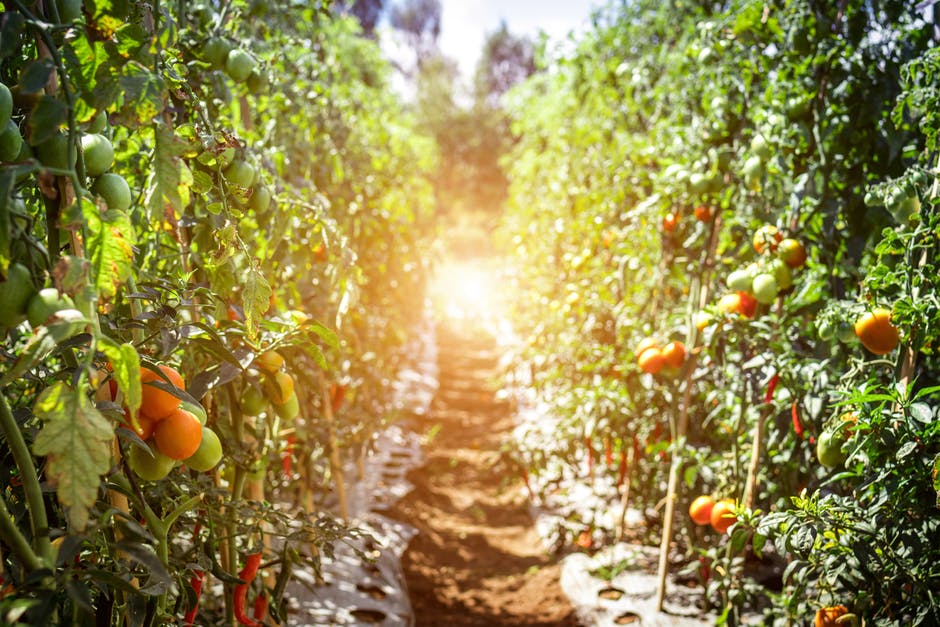
Image via Promotepollinators
Don’t forget, you’re growing brains, too
Your dream project comes with another great benefit, tons of educational opportunities.
Yes, you read that right:
Starting a community garden in your neighborhood is a great way to teach adults and children about the importance of nutrition in their lives.
For example:
When a kid grows a cucumber and then gets to eat it straight from the vine, chances are they will learn to appreciate fresh produce.
And when an adult who typically eats junk or processed foods suddenly begins to experience better health after incorporating produce into their diet, they will learn how to take better care of themselves.
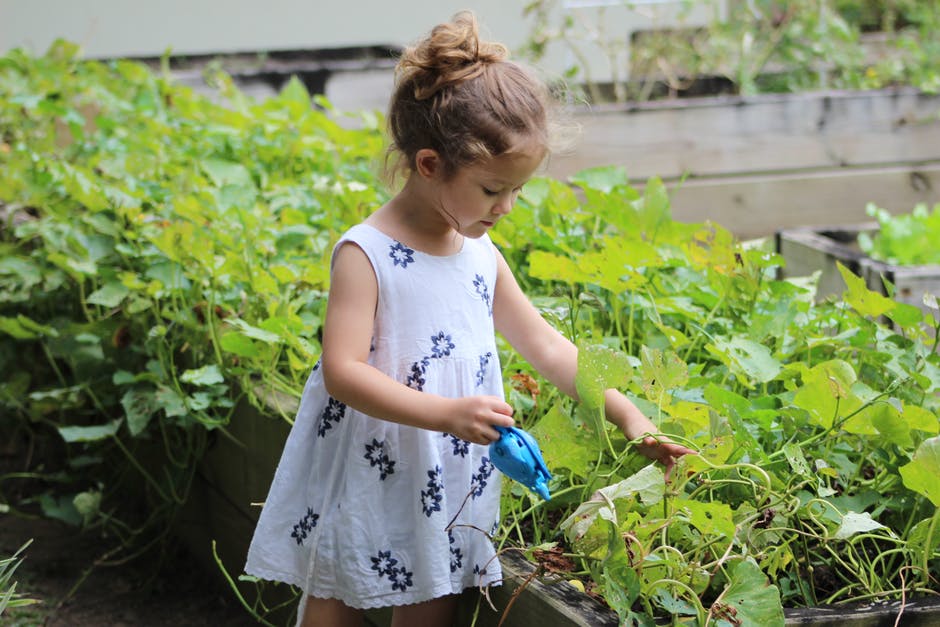
Image via pexels.com
Buildings only house your community
This is one of the coolest benefits:
Your garden grows your community, as much as your community is growing that garden.
When members of a community come together for a shared project like these, it can’t help but strengthen neighborhood ties.
Neighbors who have never met will begin working together to make the garden come alive.
Kids who typically stay in their rooms playing video games will get to experience the great outdoors while planting and harvesting their — and their neighbors — meals.
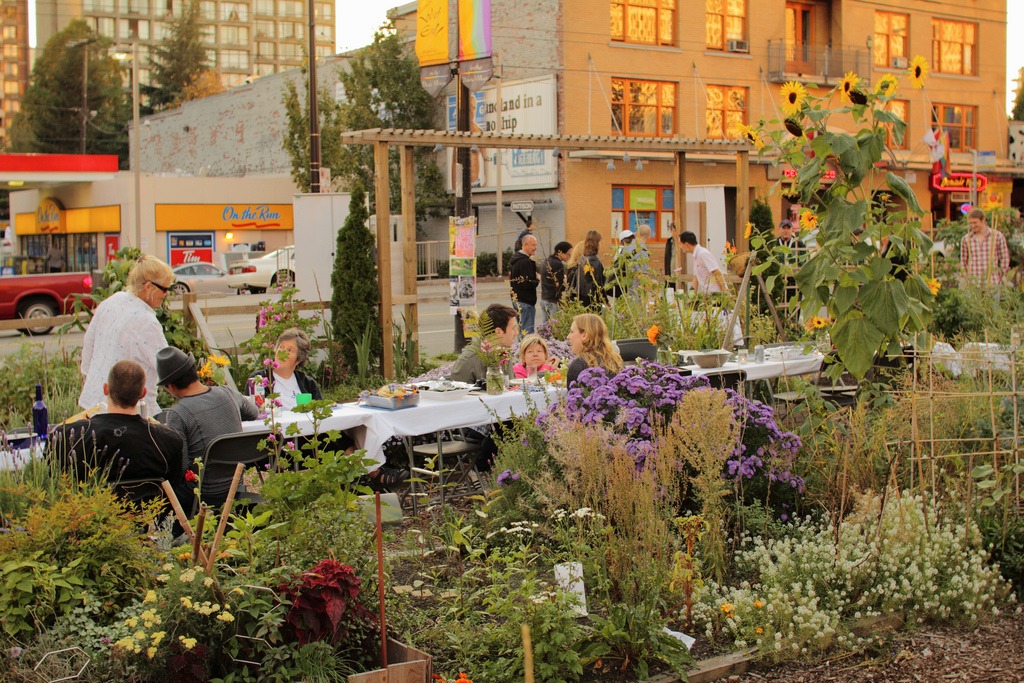
Image by Geoff Peters, CC by 2.0, via Flickr
Not Able to Start One?
Are you excited about working in a community garden, but you’re not sure if you want to start one yourself?
Don’t worry because there are thousands of them across the U.S.
Here’s what you should do:
You can find one by contacting your local Chamber of Commerce, by calling a garden club or nursery and asking, or by using the American Community Gardening Association’s locator map.
If you can’t find any official gardens, you should keep your eyes out for guerilla gardens.
These are community gardens started on abandoned or public land by people who take the chance that no one will ask them to leave.
Ron Finley gave a TED talk back in 2013 that spurred a nationwide movement:
Taking Your Dreams Into Reality
If you are ambitious enough, it’s possible to start your own.
You should know: It’s not easy, but it is well worth the effort.
Starting a community garden is about more than staking claim to an empty lot and planting seeds. You will have to get others involved, plan the garden, and then set up a routine for how to manage it.
Here are 13 steps you will need to take to bring your dream into reality:
1. Community means more than just you

Image via giphy.com
Your first step in the process is to ask around and find other people who want to participate in a community garden.
Here’s how:
Ask your neighbors, friends, family, the checkout clerk at the local store, local garden clubs, the apartment maintenance guy, your mail person — anyone from the neighborhood who you think might be interested.
You can also use social media to get the word out, hang bulletins at stores in your local area, or approach nurseries and ask them to pass on the information to people who show an interest in gardening.
2. More than one way to grow
Most people who plan a community garden do it for fresh fruits and vegetables.
That’s not the only option:
Some people prefer to grow pretty flowers to use as cuttings around the house.
Once you gather the people who are interested in starting the community garden, take a poll and make sure you are all on the same page.
If you’re not, think about dividing the garden into sections for produce and flowers.
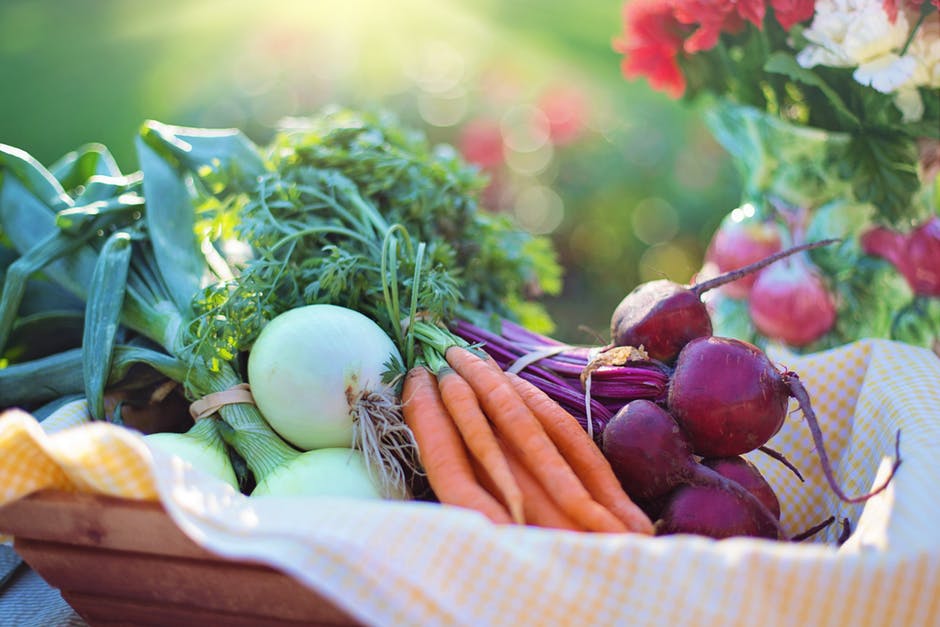
Image via pexels.com
3. Who’s Job is This?
Next: You need to decide who will do what and when.
For instance:
Someone will have to be responsible for communicating with the other people involved with the community garden. And someone will have to attend to the finances and organize the various aspects of the project.
Assign each person who is willing a task and then exchange contact information with everyone involved.
4. Don’t forget to make this list
Starting a community garden takes resources, but before you begin looking for funds, determine what resources you already have.
For example:
Someone from the neighborhood may have all the tools you need, and another person may have a large collection of seeds.
Another person may know a community leader who can help with fundraising, while another may have a friend on the city board who is in charge of the grants for community gardens.
The more resources you have to start with, the easier it is to get going.
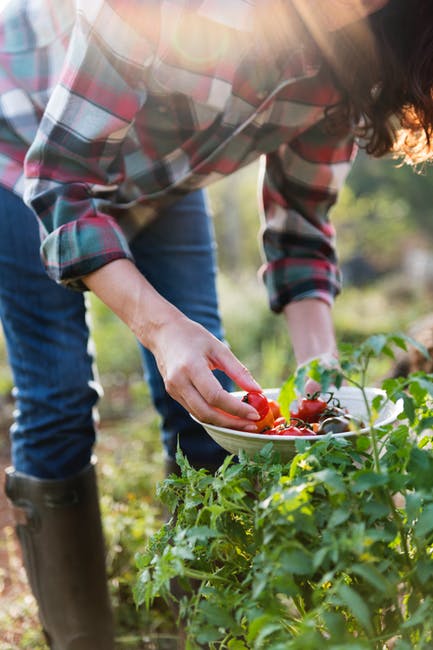
Image via pexels.com
5. There is no such thing as a free lunch
However, there may be free money available to you to launch your dream into reality.
This is one of the most important steps:
Unless the group you put together can fund the entire project, you will need to seek out a sponsor or apply for community garden grants.
Some cities provide funds for people who start them to help get them off the ground.
question
Remember
Unless you already have them, you will need to buy seeds, equipment, and have enough people willing to do the hard work of clearing and plowing the land, planting seeds, pulling weeds, harvesting the crops, and maintaining the grounds.
Here are some things you can do to raise the money:
- Find a sponsor: Local businesses may fund the garden and you can add signs to the garden to advertise for them
- Apply for a grant: The Community Development Block Grant program gives cities funds to award for community gardens
- Fundraise: Maybe wash cars, sell t-shirts, or host a community event at the garden location
6. The secret spot…
Speaking of the garden location:
You will need a place to plant your garden, and that means your next step in the process is finding the land.
You have multiple options for finding the perfect plot of land to plant your garden.
Start with the city and ask if you can use any abandoned or undeveloped lots.
Many cities are embracing the idea of community gardens and are granting permission to use land that is otherwise forgotten.
You can also approach private landowners and propose the idea to them. For instance, some churches allow people to grow on their land. Private landowners with a lot of land may also be open to the idea.
If you can’t find a public piece of land or a private landowner who is willing to participate, you can also buy or rent a lot, but that increase your costs.
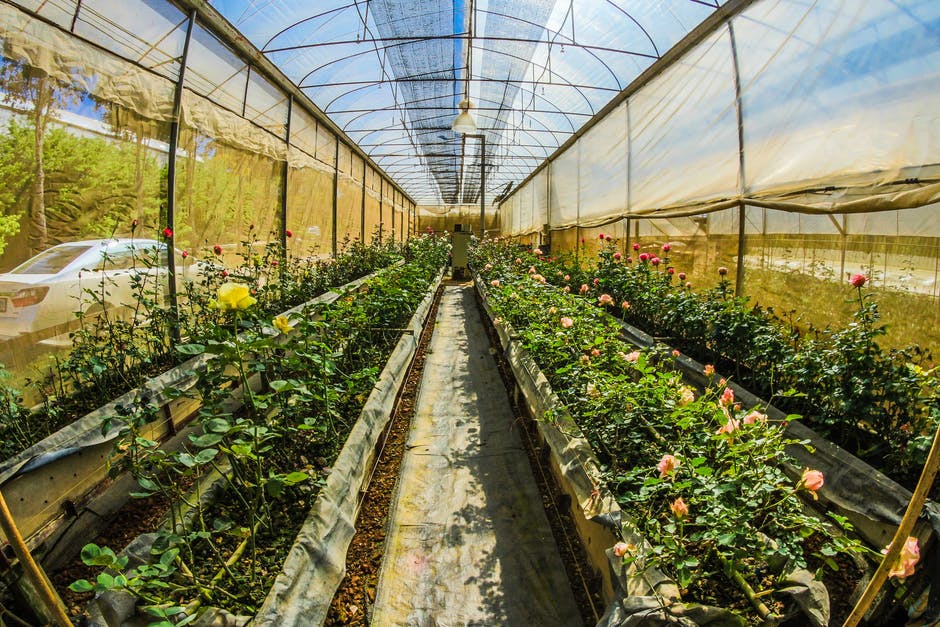
Image via pexels.com
7. Grab a pencil and paper, time to get creative!
Now that you have the land, you need to plan for how you will use it.
This is best done by making a sketch of the available area and planning what beds go where.
If you don’t have experienced gardeners on the committee, take the lot dimensions to your local gardening club or nursery and ask for help.
Watch the video below to learn more:
8. Good fences make good neighbors…
Good rules make for great gardens.
Because many people will be working together, it’s essential that everyone understands the rules.
That’s why it’s a good idea to put them in writing.
Think about this:
The rules can cover issues like how big each garden plot is if it’s a divided space, height limitations on plants to ensure one person’s corns doesn’t block the sun from another’s gardener’s tomatoes, and how often they should water.
9. Dividing the spoils
Okay, maybe this is the most important step.
It’s definitely the most fun:
If you plan to divide the lot into subsections where each gardener has their own plot, they should take home what they grow.
But what if everyone contributes to the community garden?
How will you divide the spoils?

Image via giphy.com
The rules for dividing the produce should be laid out in the rulebook for everyone to follow.
For instance:
You can give the person who puts in the most amount of work the most produce.
10. There isn’t enough tupperware… what about leftovers?
If your garden is successful enough, you may have leftover food. It would be a shame if all that produce got wasted, so plan what you will do with it.
Here are some ideas:
Donate some food
People are hungry everywhere, and if you have leftover food, it only makes sense to donate it to help feed them.
Talk to your local food bank or church charity.
Chances are, they will be thrilled to receive your produce.
Compost the rotten stuff
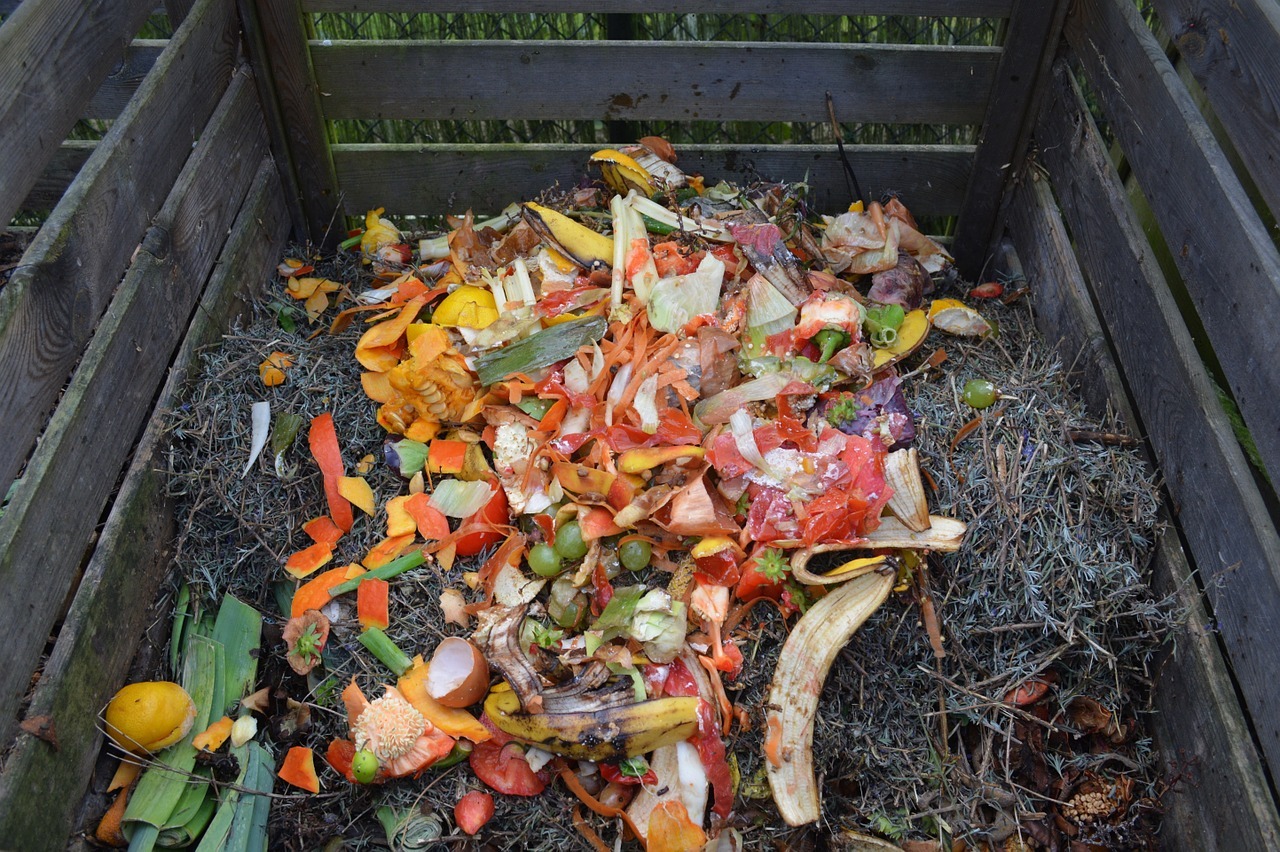
Image via Pixabay
No, seriously:
If you can’t find a place to donate the food, you can always compost it.
Here’s how:
Just start a 3 foot by 3-foot pile, layering the food scraps with brown organic matter like cardboard and dried leaves and shrubbery.
When the compost is ready, use it to fertilize your community garden and grow more food!
Watch the video below to learn more:
11. Avoid chaos
It’s going to take some manpower to keep this project growing and healthy — and that’s where the members of the volunteer group come in.
Since everyone will benefit from the garden by taking home fresh produce, it only makes sense that everyone should help with it.
That means you will need to organize the team.
Here’s how:
Create schedules
Creating a schedule is the easiest way to make sure the community garden is taken care of because everyone understands what to do and when.
For example:
During planting season, you may schedule different team members to plant various fruits and vegetables on different days. You may also incorporate a watering schedule that involves everyone to divvy up the task.
Incorporate the kids
When planning for work schedules, don’t forget to involve the kids.
While they may not contribute as much as the adult team members, they will learn about and participate in something meaningful.
When kids help plant and harvest vegetables, they are more likely to eat and enjoy them.
So give the kids tasks:
They can water, rake small areas, and help you put small plants in the ground.
12. Teams are only as good as they talk
Be sure to set up a communications system for your team members.
If one person is sick and can’t attend to his watering duties, he’ll need to have access to another team member’s phone number so he can ask them to water for him. This means planning for communication before it’s needed.
13. Don’t lose your forest for the trees
Don’t forget that a community garden isn’t only beneficial in numerous ways; it’s also fun!

Image via giphy.com
The act of turning an ugly vacant lot into a thriving community garden is a one-of-a-kind experience.
Don’t let the magic get lost in all the work!
Community Garden Startup Checklist
- Gather like-minded people
- Determine what type of garden you want to grow
- Form a committee
- Take a look at your finances
- Seek out donations, sponsors, or a grant
- Find the land
- Plan the garden site
- Make a set of rules
- Decide how to divvy up the produce or flowers
- Organize the team members
- Don’t forget the kids
- Plan for smooth communication
What to Plant and When
We’re not through yet:
What to plant in your community garden is an individual choice.
After all, if no one in your group likes squash, it would be a waste to plant it.
So, you should determine what types of plants you will put in the garden, especially if it’s a communal garden.
But even if you assign individual plots to people and let them grow their own fruits and vegetables, your garden will be more successful if everyone understands one thing: some produce is easy to grow, while others take a lot of maintenance.
Here is a list showing the easiest-to-grow produce and the fruits and vegetables that take a little more work.
Which Fruits and Vegetables Are Right for Your Community Garden?
EASY-TO-GROW PRODUCE |
produce THAT REQUIRES MAINTENANCE |
|
|---|---|---|
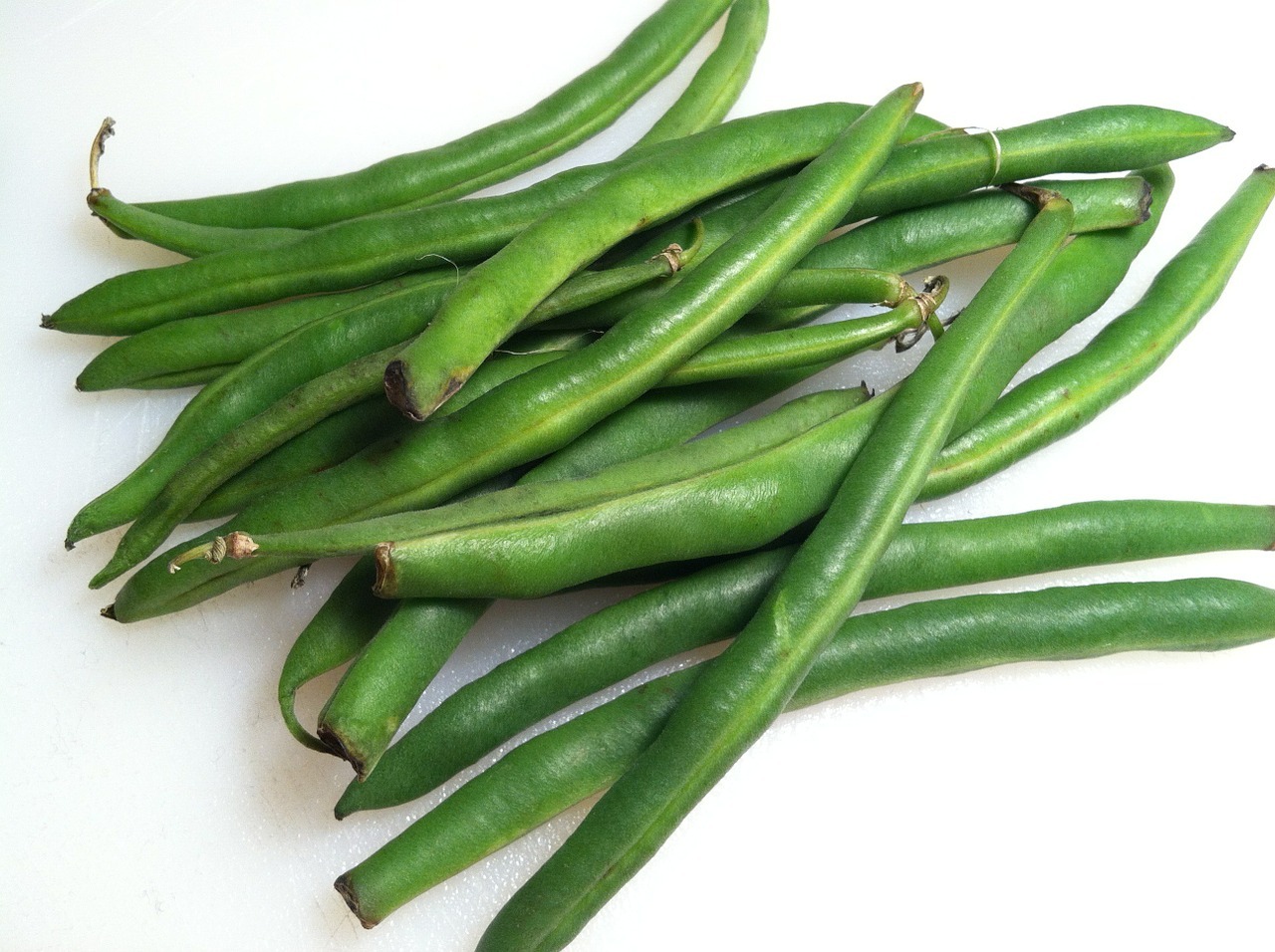
Image via Pixabay |
Radishes |
Green Beans |
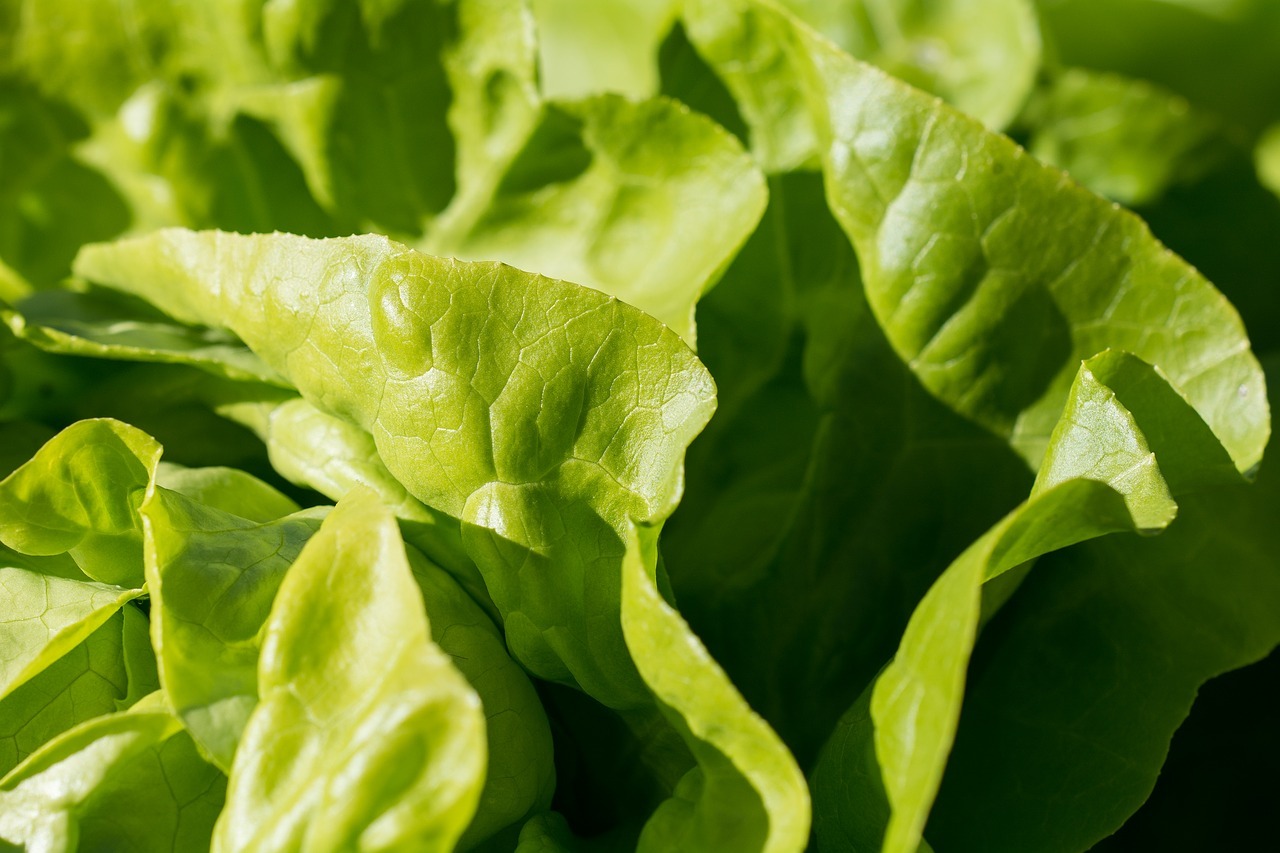
Image via Pixabay |
Leafy Greens |
Carrots |
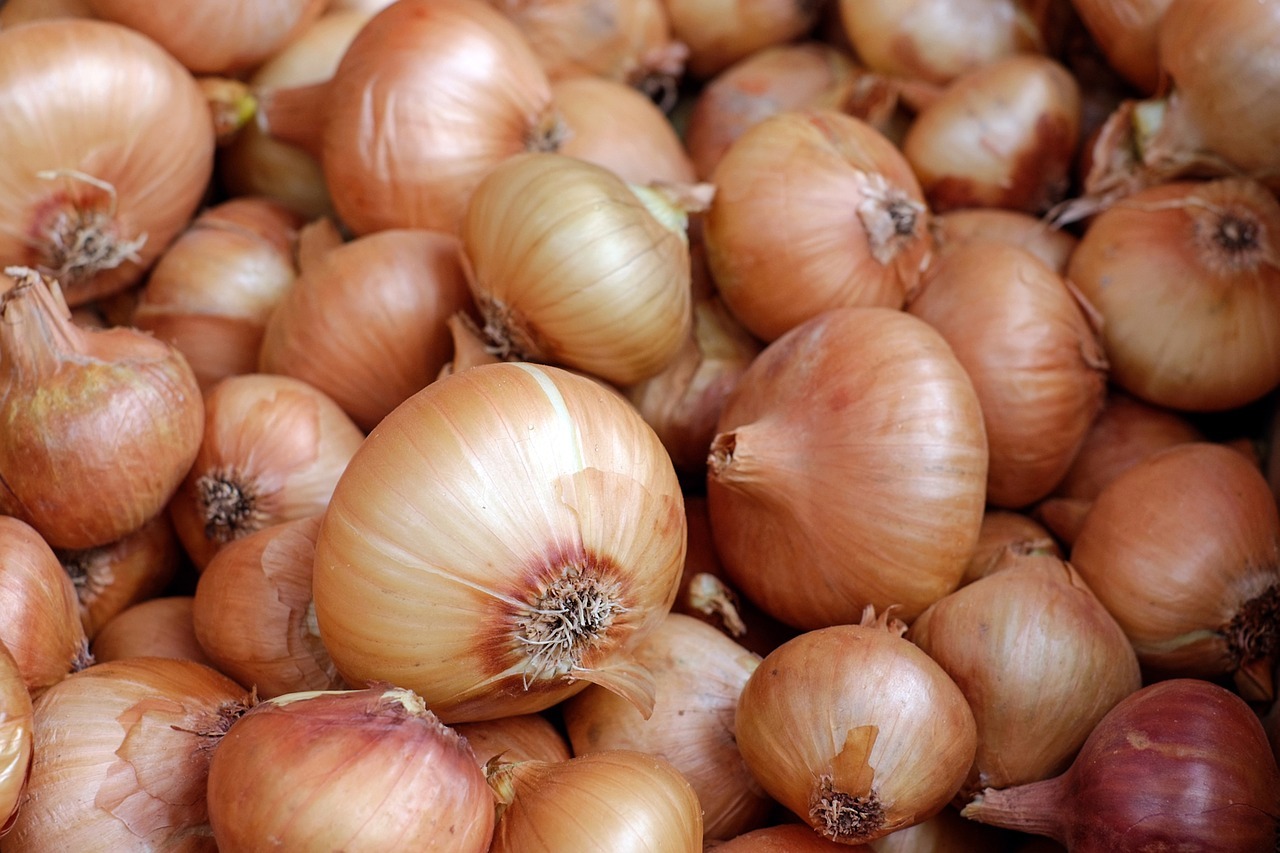
Image via Pixabay |
Onions |
Celery |

Image via Pixabay |
Garlic |
Asparagus |
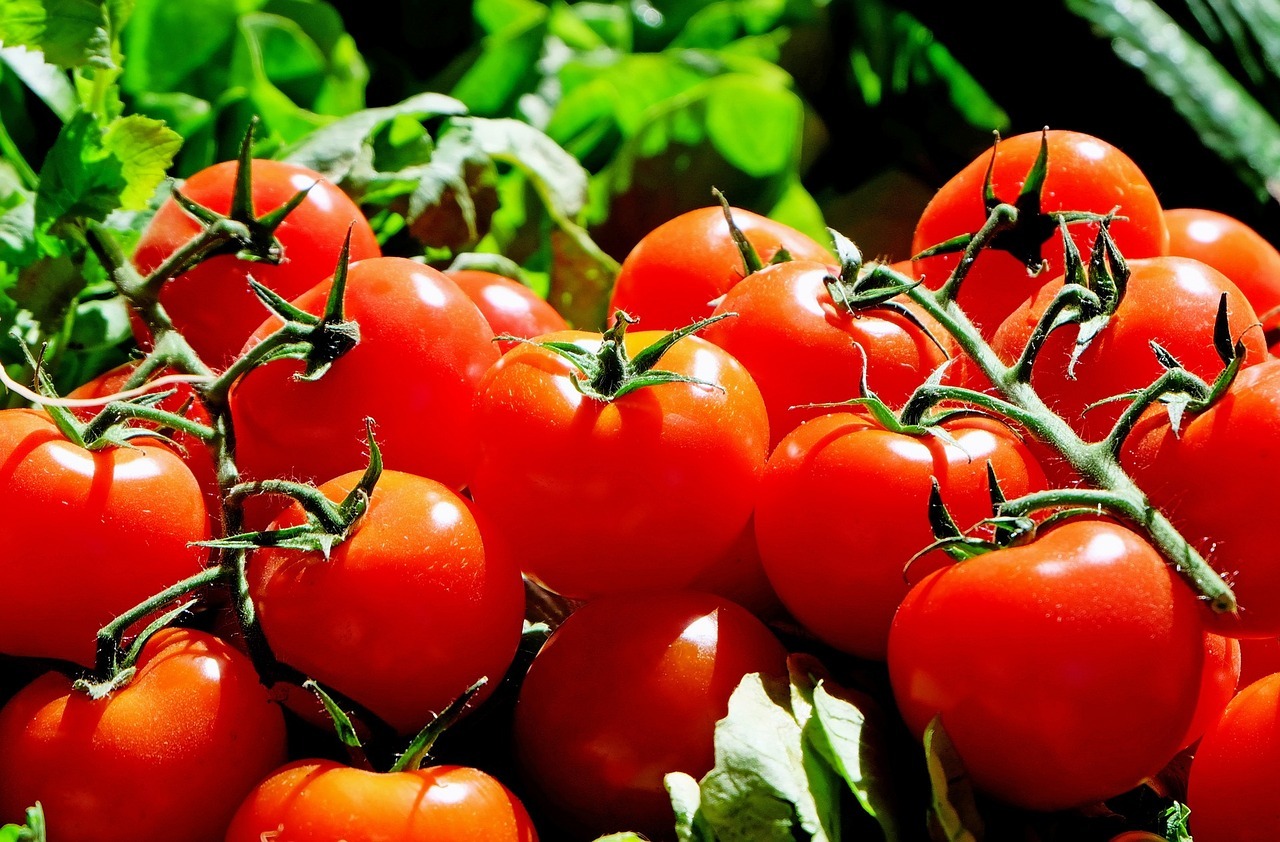
Image via Pixabay |
Tomatoes |
Lettuce |
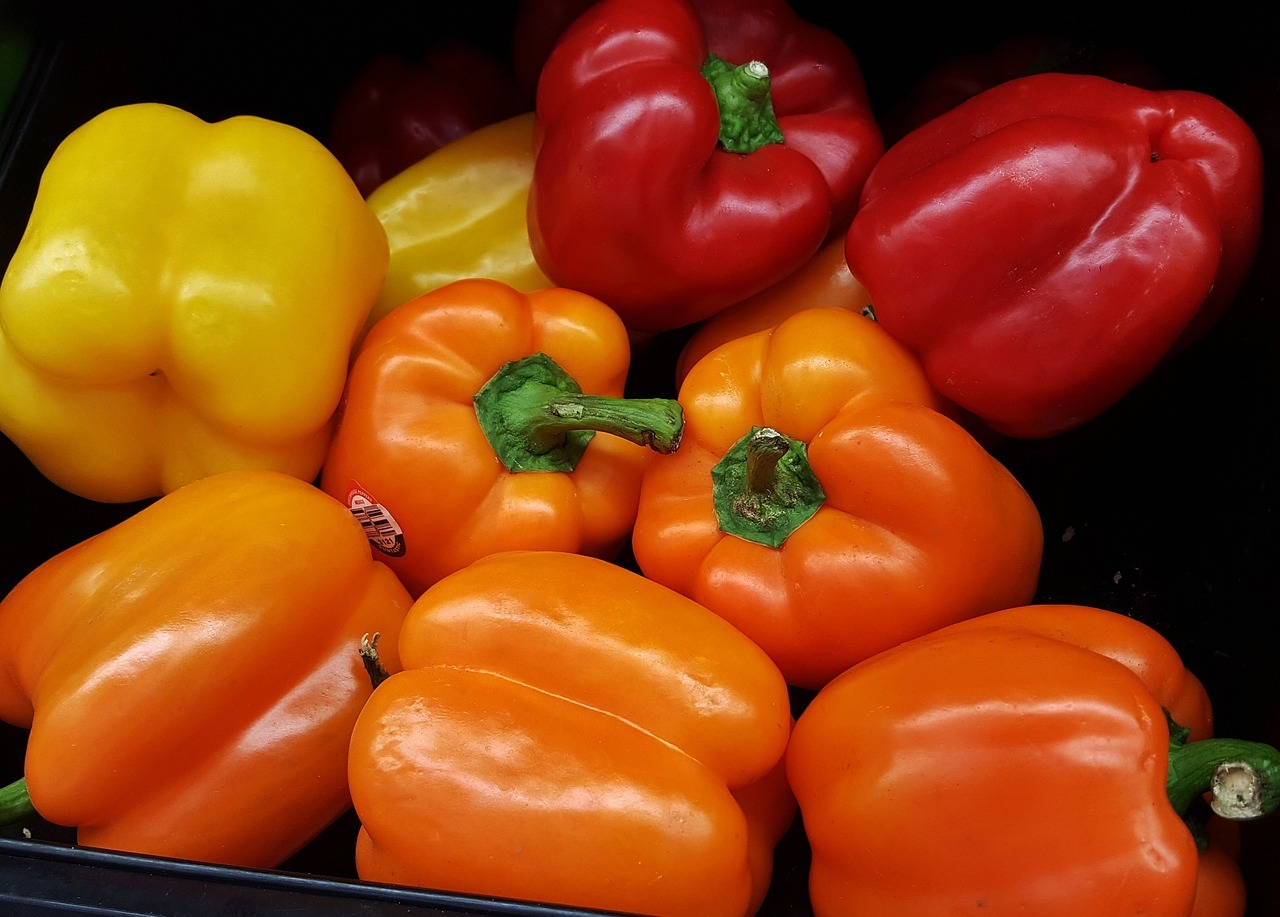
Image via Pixabay |
Peppers |
Cauliflower |
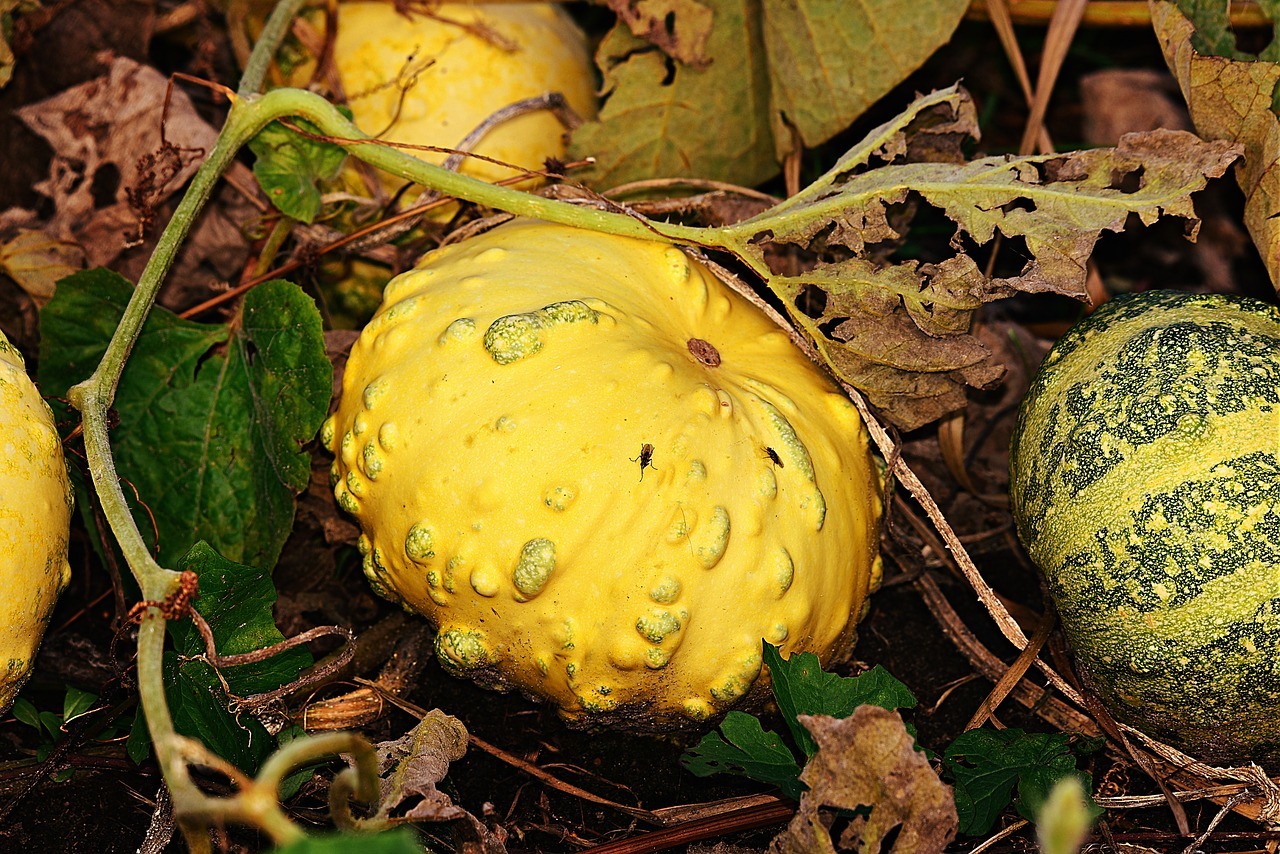
Image via Pixabay |
Squash |
Melons |
Understanding your planting zone
We would love to show you an infographic that shows you exactly when to plant your fruits and vegetables for every season.
There’s one tiny problem:
It’s different for everyone.

Image via giphy.com
Gardeners use planting zones to determine their planting schedules, and you will have to determine yours in order to devise your planting schedule. Remember, if you don’t plant the fruits and vegetables at the right times, they won’t grow.
Here is the USDA Plant Hardiness Zone map, which is divided into 11 zones:
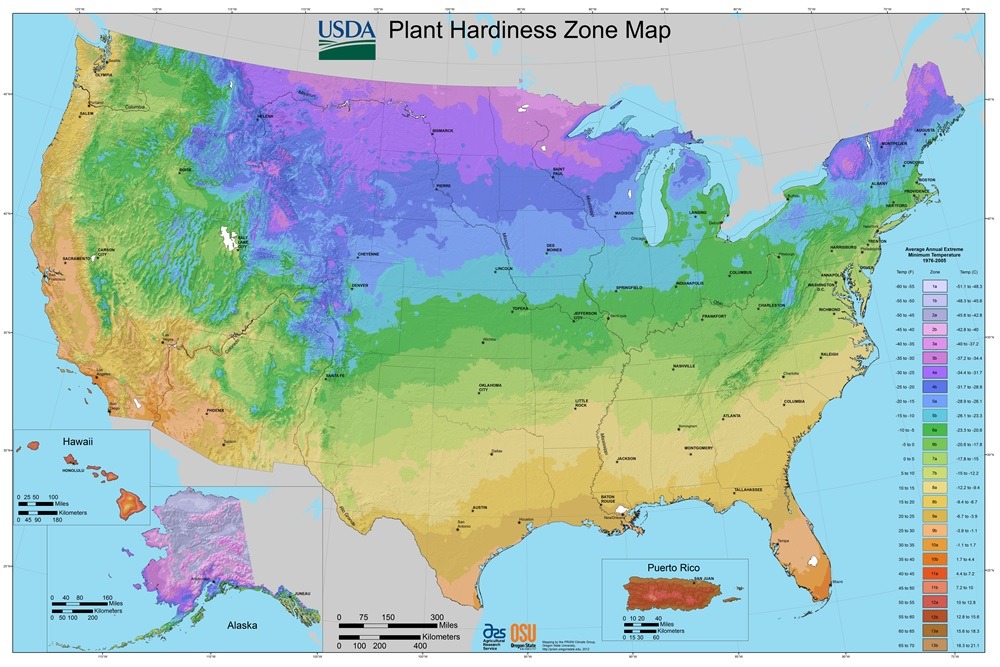
Image via upload.wikimedia.org
If you want a simpler method of finding your zone, log onto garden.org and enter your zip code.
Once you understand your planting zone, you can look at sites such as Urban Farmer, which breaks down the planting schedule for each vegetable for every zone.
How to Care for Your Garden
Once you have planted your community garden, you will need to take care of it.
You’re in luck:
Here are a few tips and tricks that will have your garden producing more produce than you and the other members can eat!
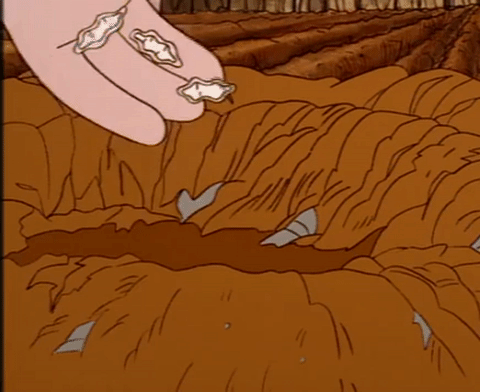
Image via giphy.com
Planting tips
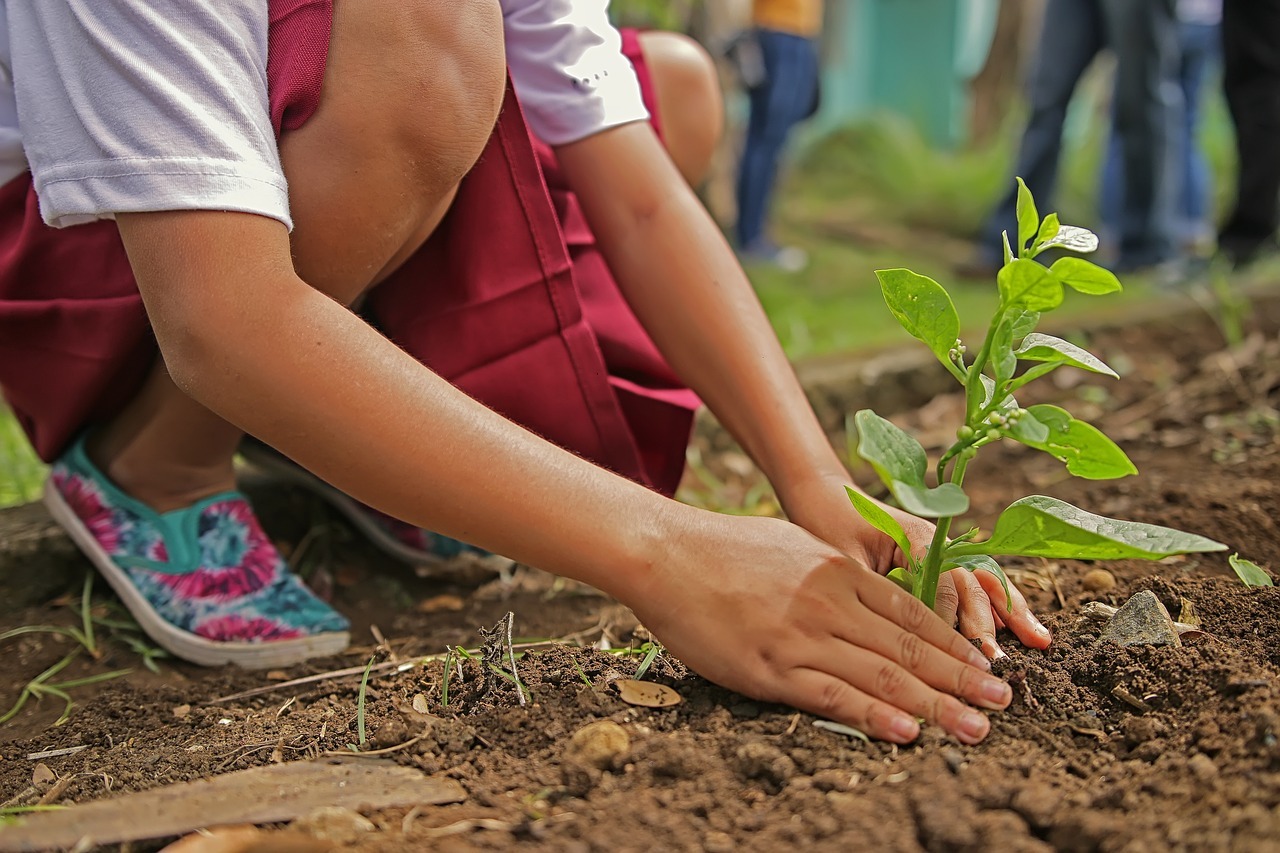
Image via Pixabay
Abide by your zone’s planting schedule.
If you don’t, you will waste your garden space by planting seeds that won’t grow.
Watering tips
The best way to know if a plant needs watering is to feel the soil.
Keep in mind:
If it’s wet or soggy, don’t water the plant.
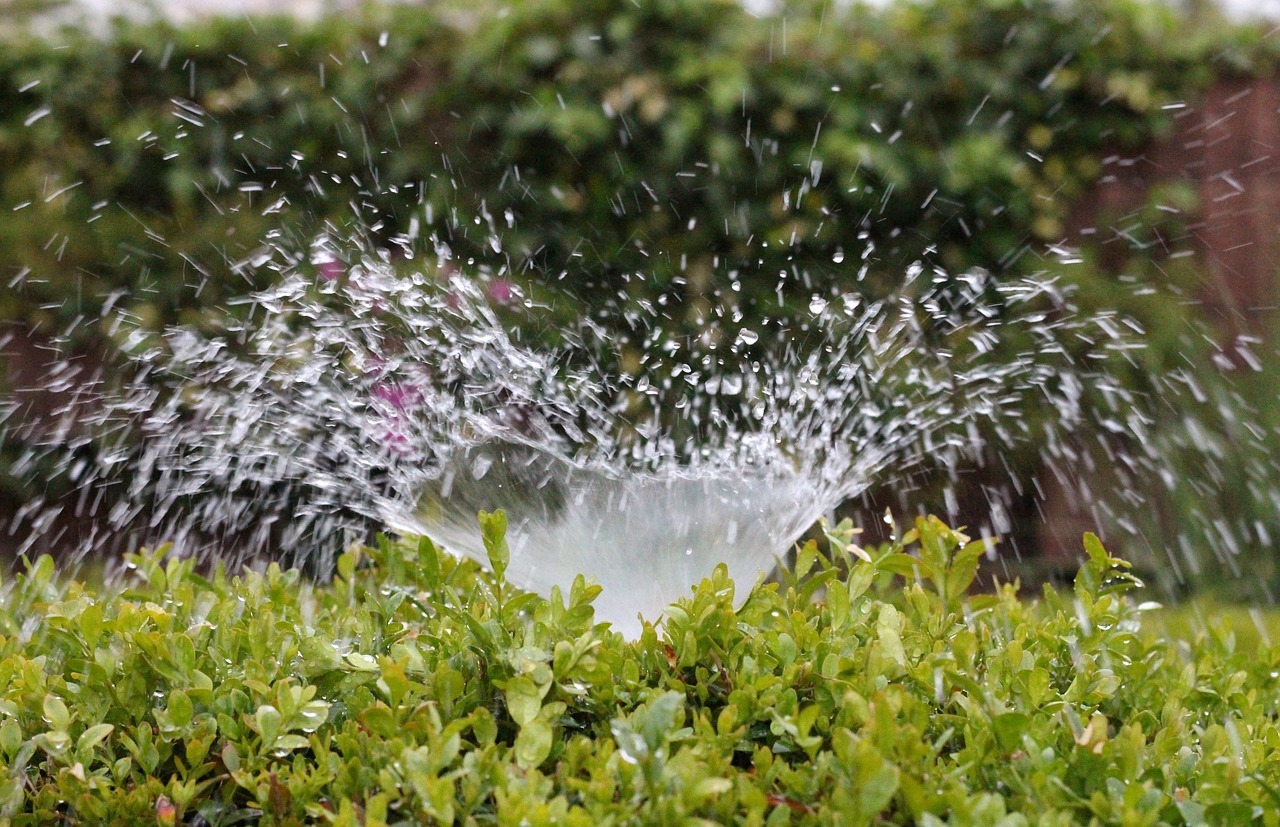
Image via Pixabay
If it’s dry, give the plant a deep drink of water.
Plants need about an inch of water per week.
Fertilizing tips
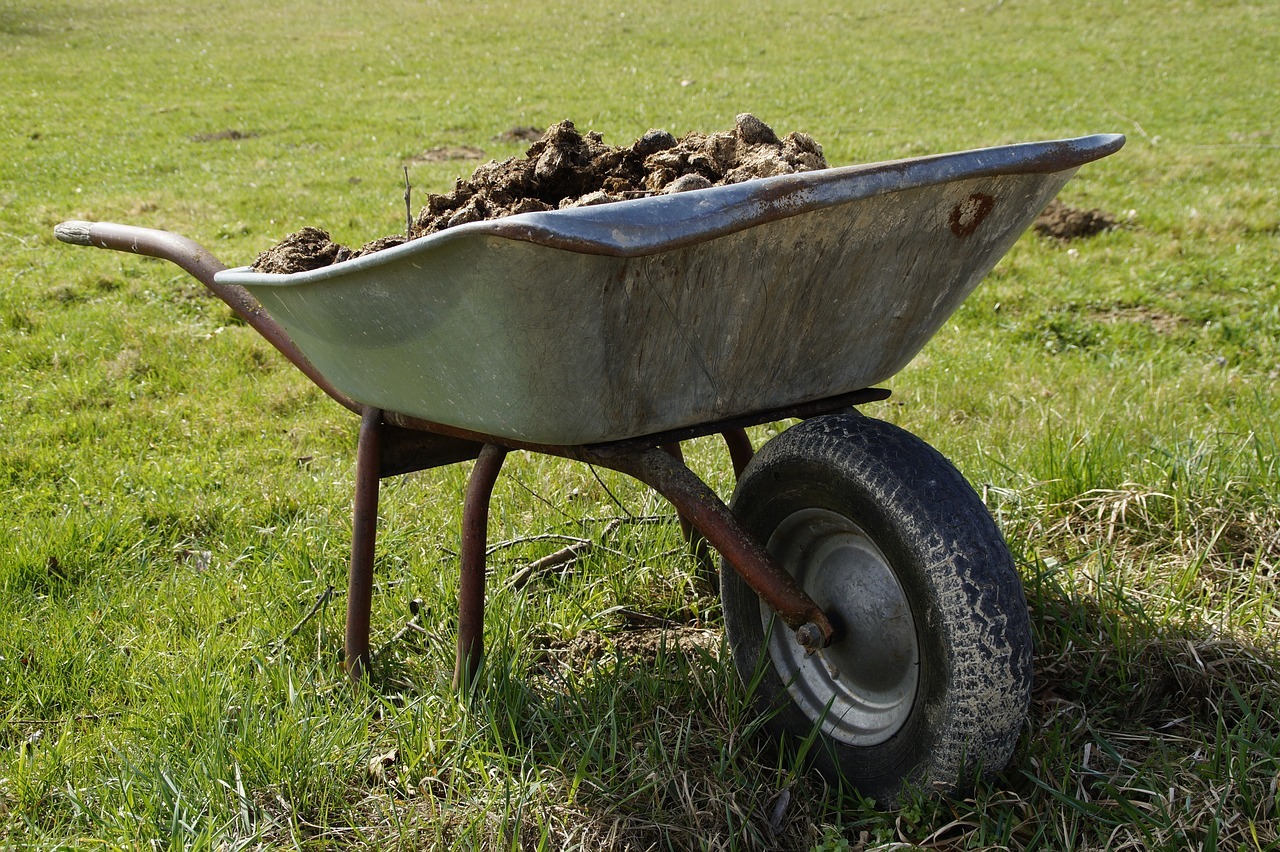
Image via Pixabay
Don’t forget:
If you over fertilize your produce, it might burn.
Many first-time gardeners believe the more fertilizer they put on their plants, the better they’ll grow.
But the only time you should use fertilizer is when there is a soil deficiency.
Soil tips
We talked about composting above, but we didn’t talk about how to use it.
The better your soil, the better your produce will grow.
Use that compost and other soil amendments to ensure your soil is full of rich nutrients. Healthy soil makes for healthy plants.
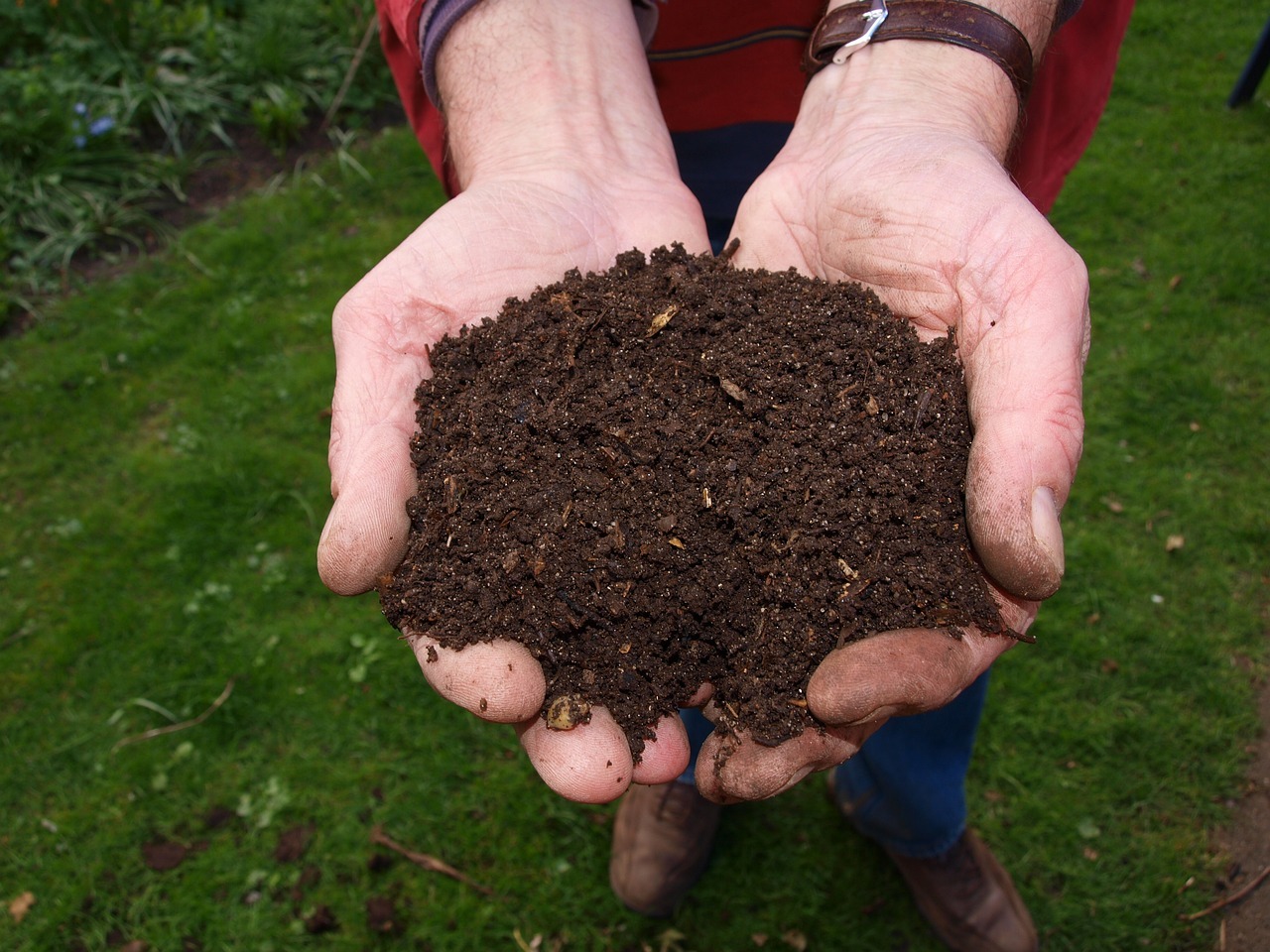
Image via Pixabay
The Satisfaction of Growing Your Own Food, Multiplied
Designing and planting a community garden is hard work, but it could be the most satisfying thing you’ve done all year.
Seriously, any gardener will tell you that growing their own food brings them a deep feeling of satisfaction. Multiply that by every person you know you are helping to provide for… that takes “oddly satisfying” to a whole new level!
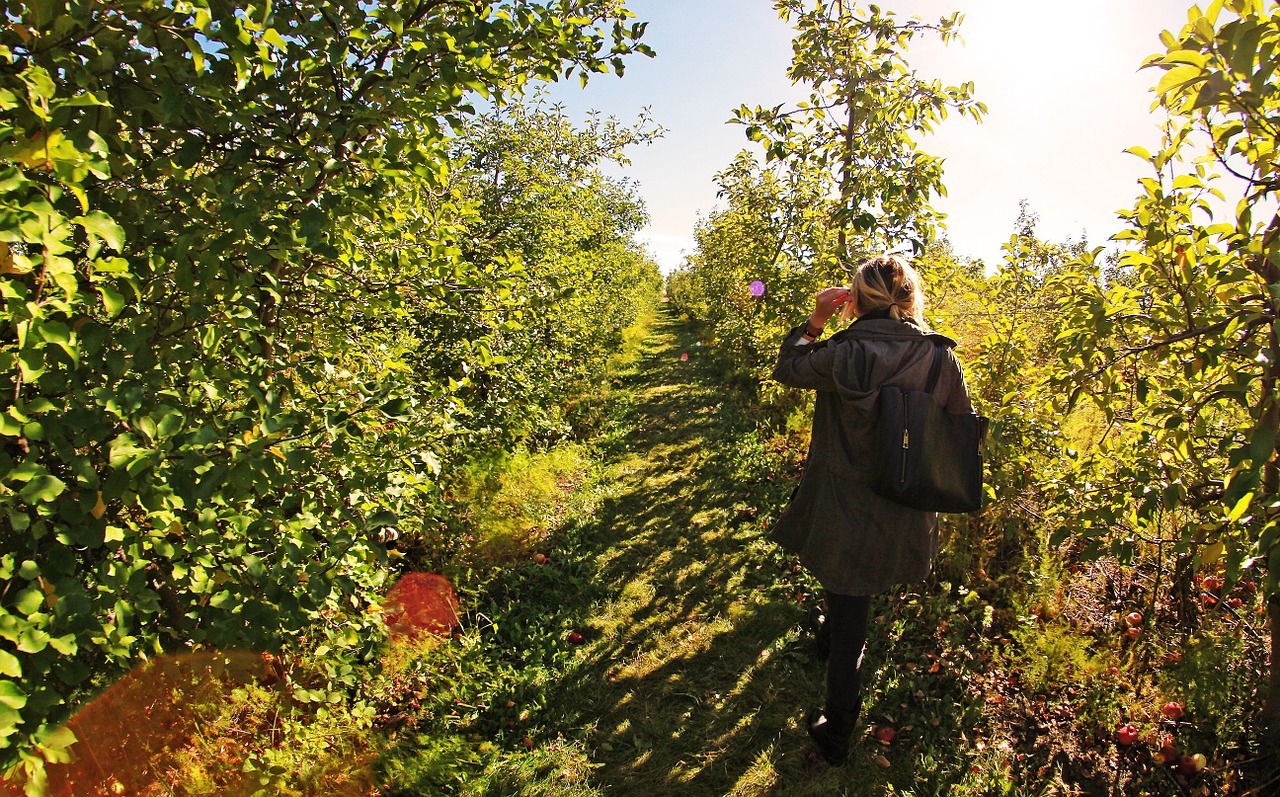
Image via Pixabay
By planting one, you will benefit your community, make an ugly area beautiful, promote healthy living among your neighbors, and get to bring home fresh and delicious produce.
Who wouldn’t want to do that?
Have you recently started a community garden in your area? If so, please share your experiences below so other people can learn from them!
Katy Willis is a writer, lifelong homesteader, and master herbalist, master gardener, and canine nutritionist. Katy is a preparedness expert and modern homesteader practicing everyday preparedness, sustainability, and a holistic lifestyle.
She knows how important it is to be prepared for whatever life throws at you, because you just never know what's coming. And preparedness helps you give your family the best chance to thrive in any situation.
Katy is passionate about living naturally, growing food, keeping livestock, foraging, and making and using herbal remedies. Katy is an experienced herbalist and a member of the CMA (Complementary Medical Association).
Her preparedness skills go beyond just being "ready", she's ready to survive the initial disaster, and thrive afterward, too. She grows 100% organic food on roughly 15 acres and raises goats, chickens, and ducks. She also lovingly tends her orchard, where she grows many different fruit trees. And, because she likes to know exactly what she's feeding her family, she's a seasoned from-scratch cook and gluten-free baker.
Katy teaches foraging and environmental education classes, too, including self-sufficient living, modern homesteading, seed saving, and organic vegetable gardening.
Katy helps others learn forgotten skills, including basic survival skills and self-reliance.
She's been published on sites such as MSN, Angi, Home Advisor, Family Handyman, Wealth of Geeks, Readers Digest, and more.
